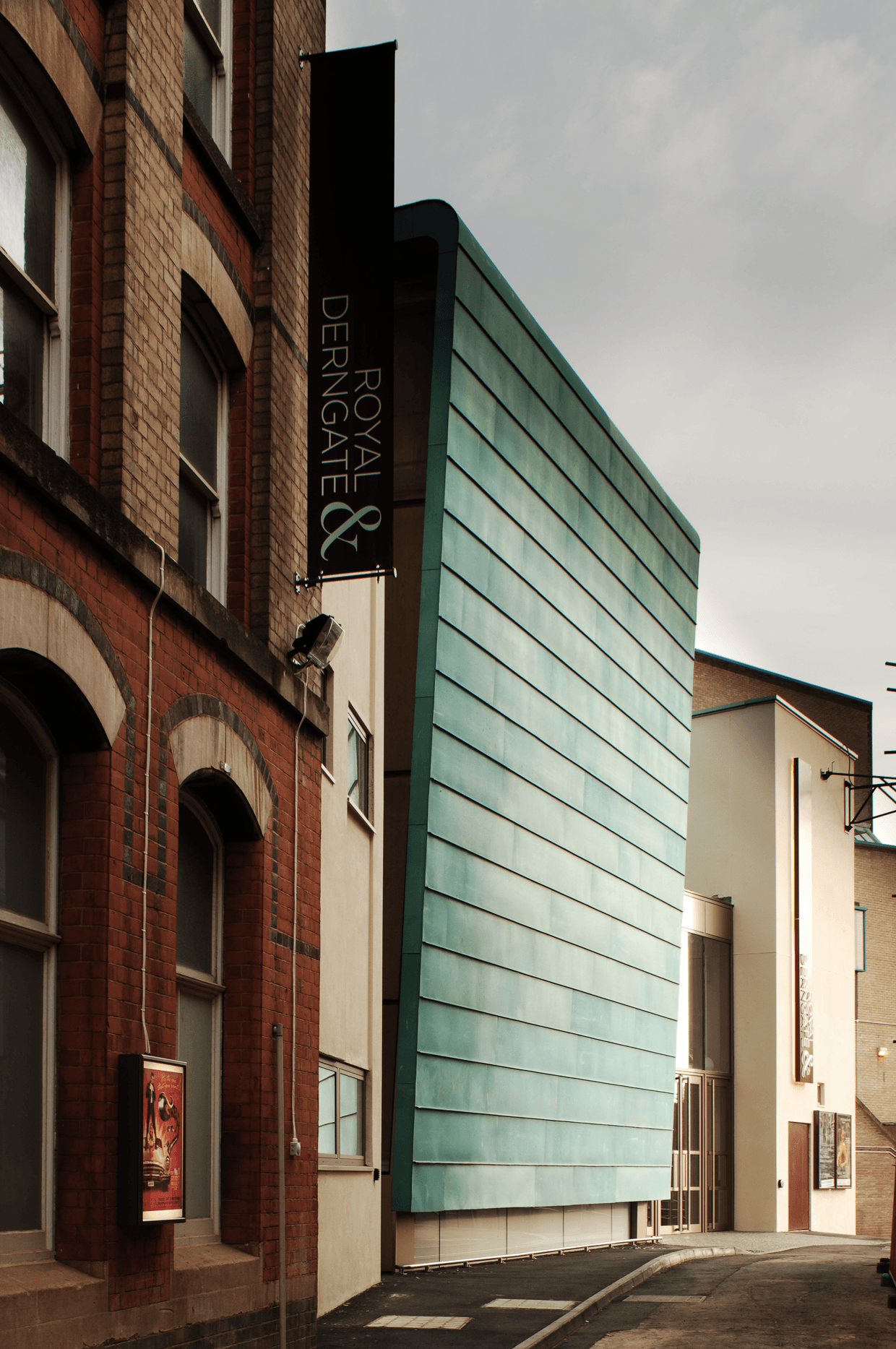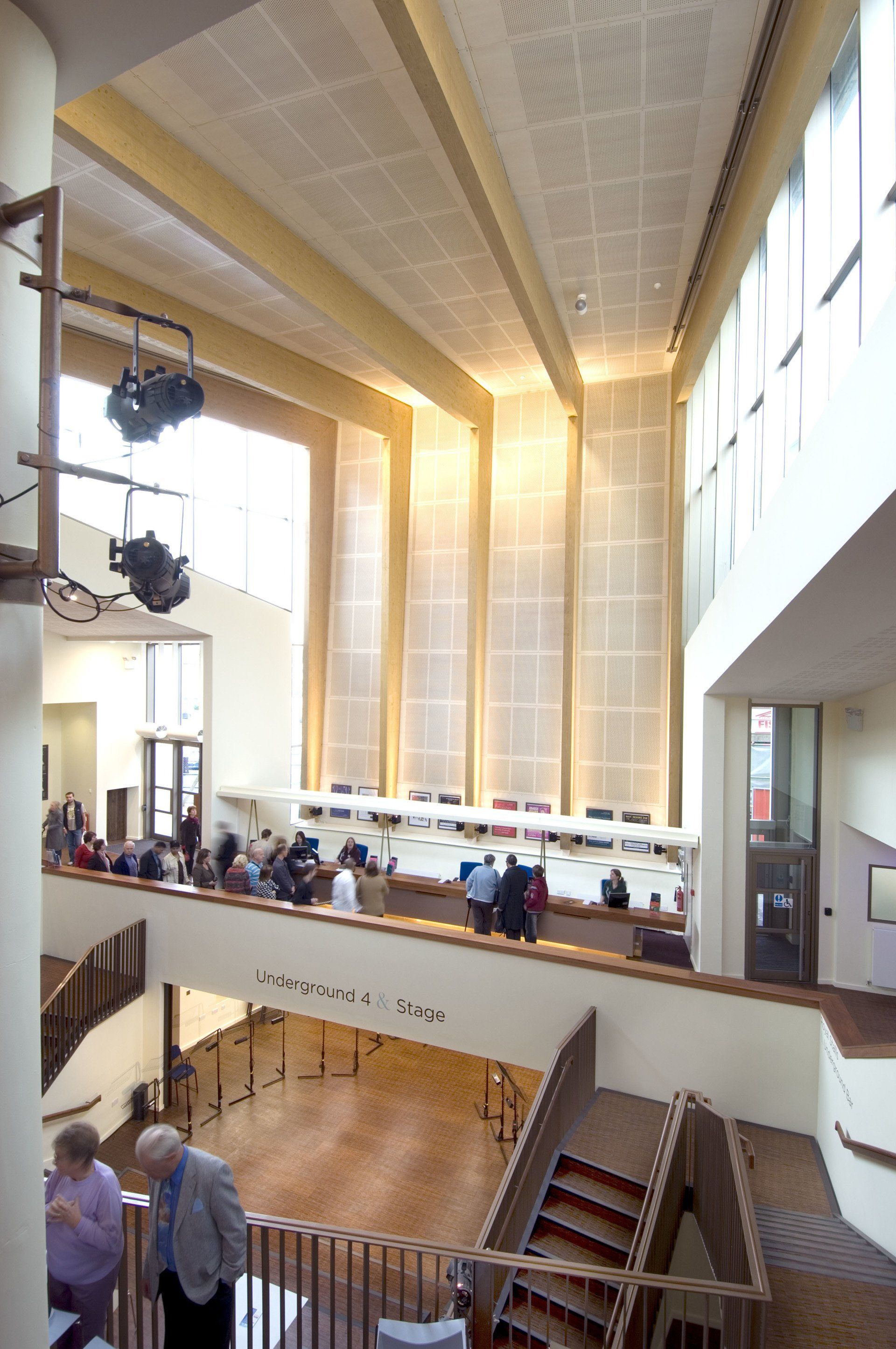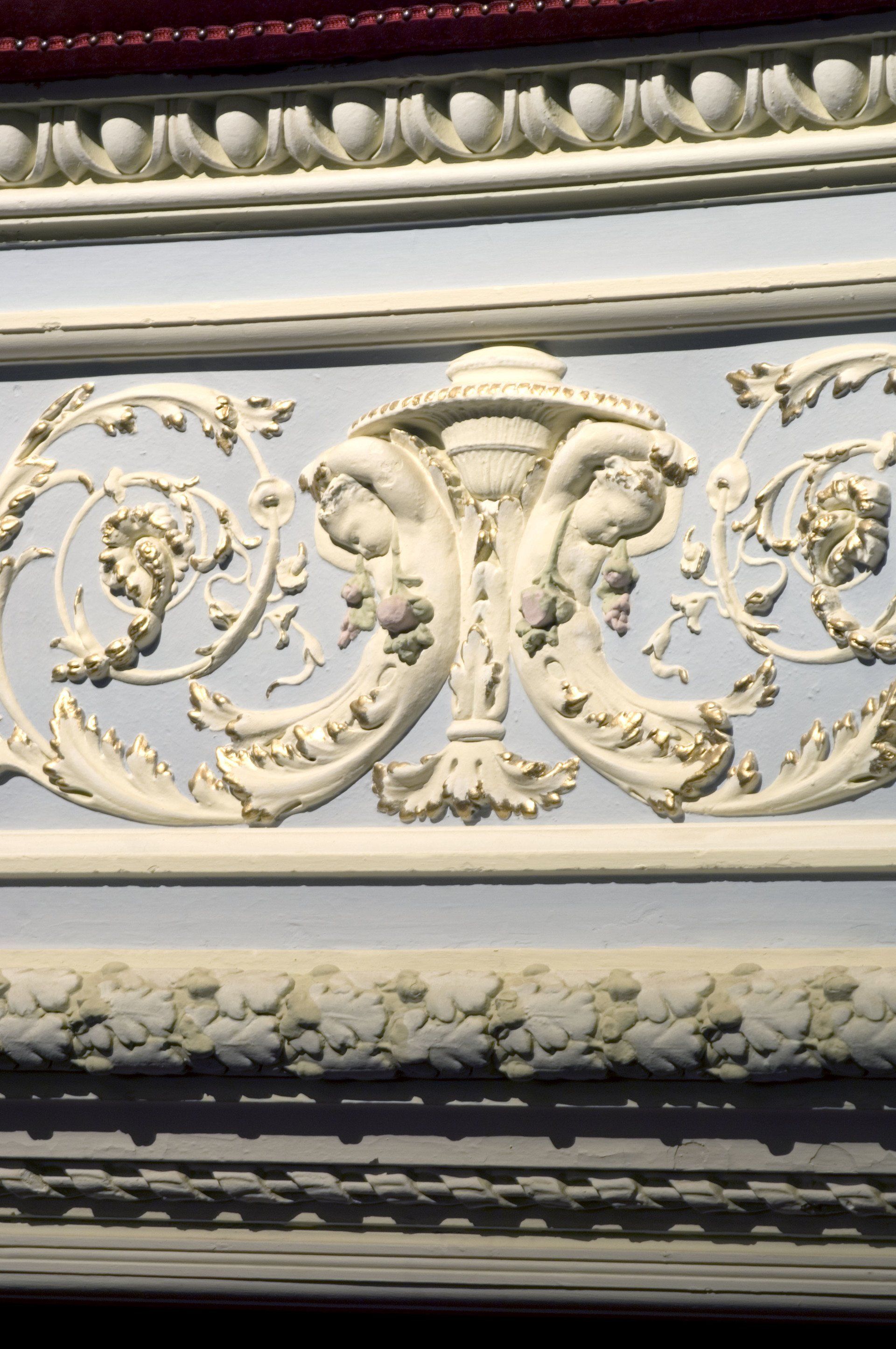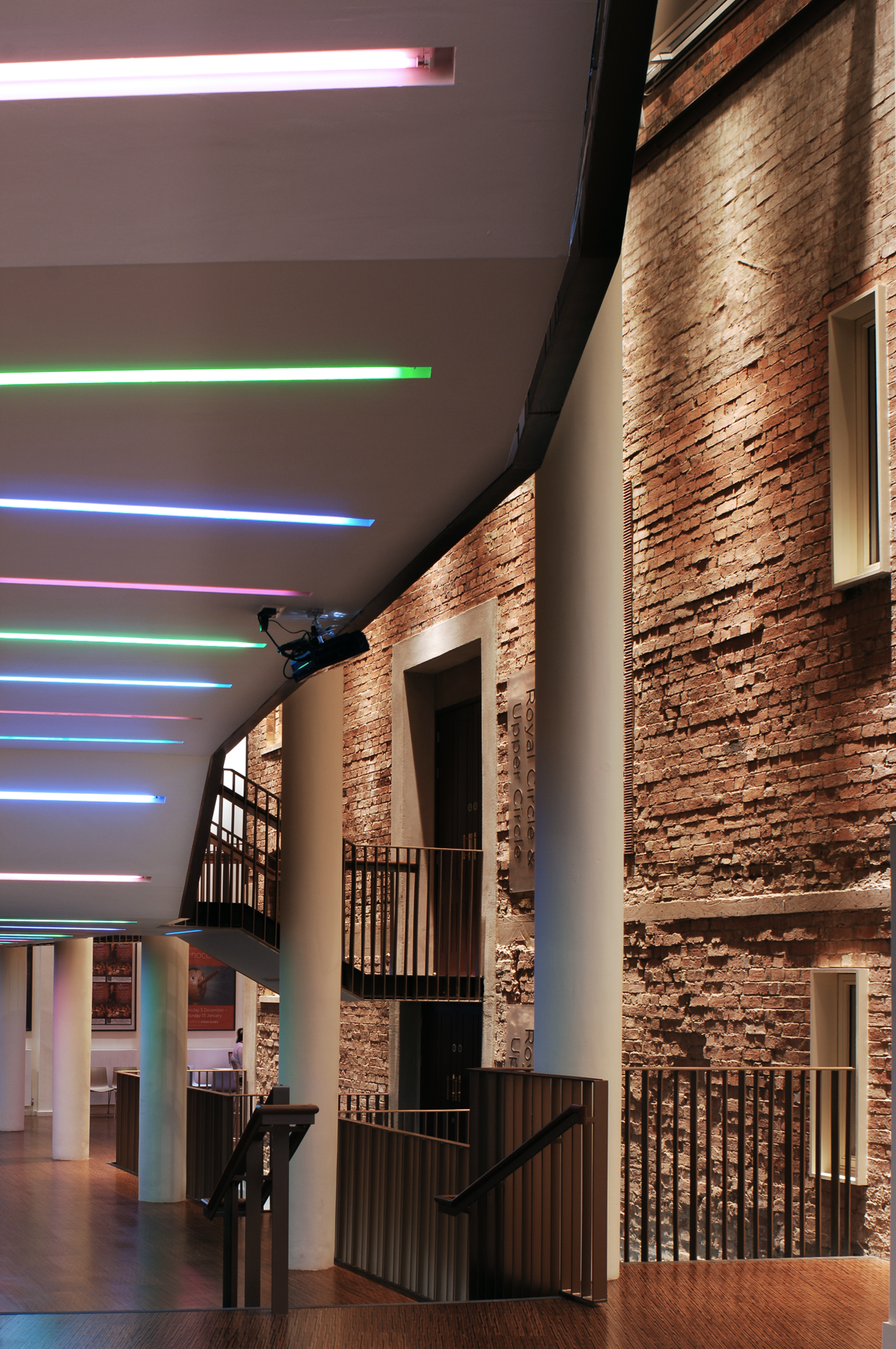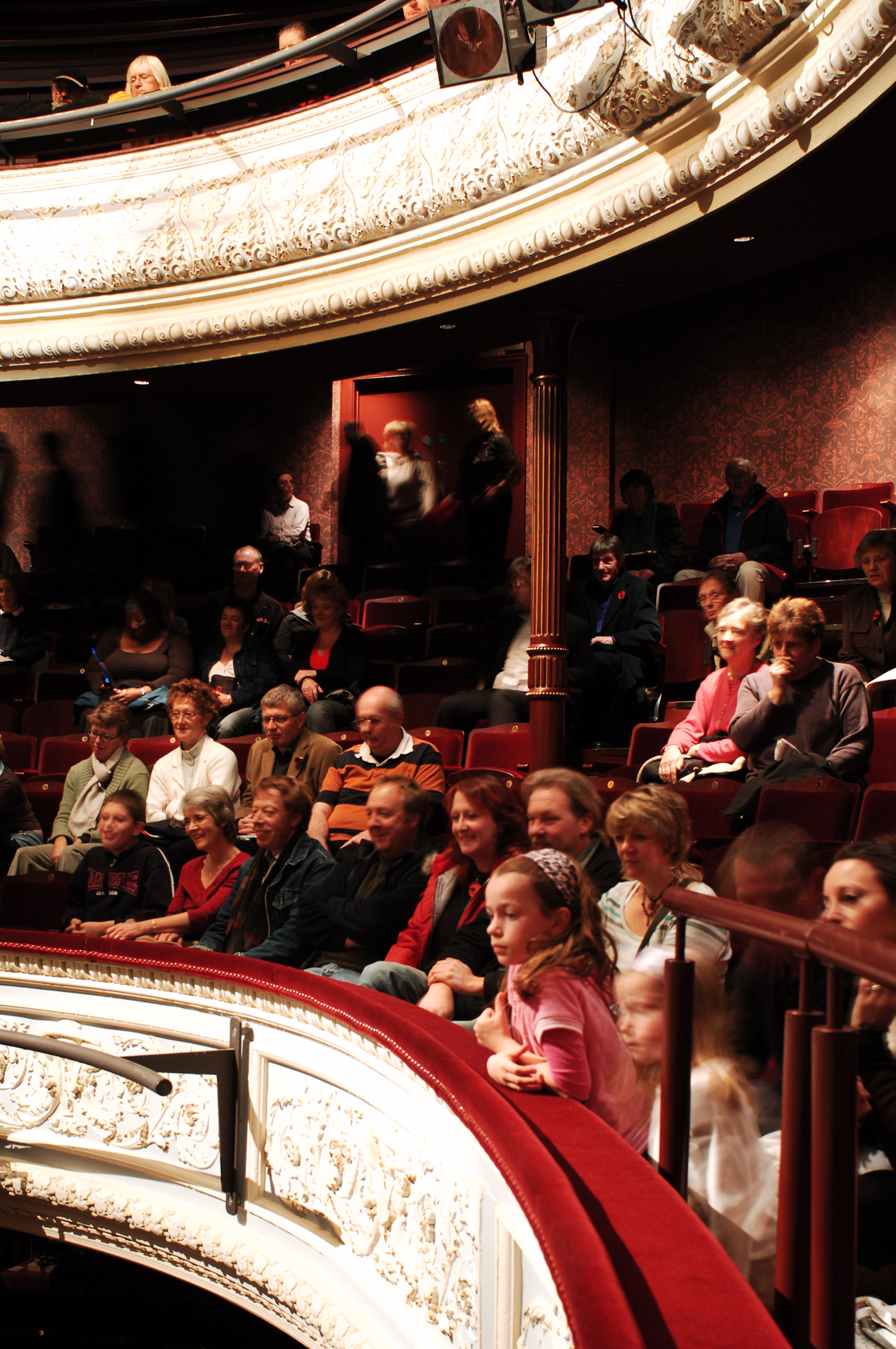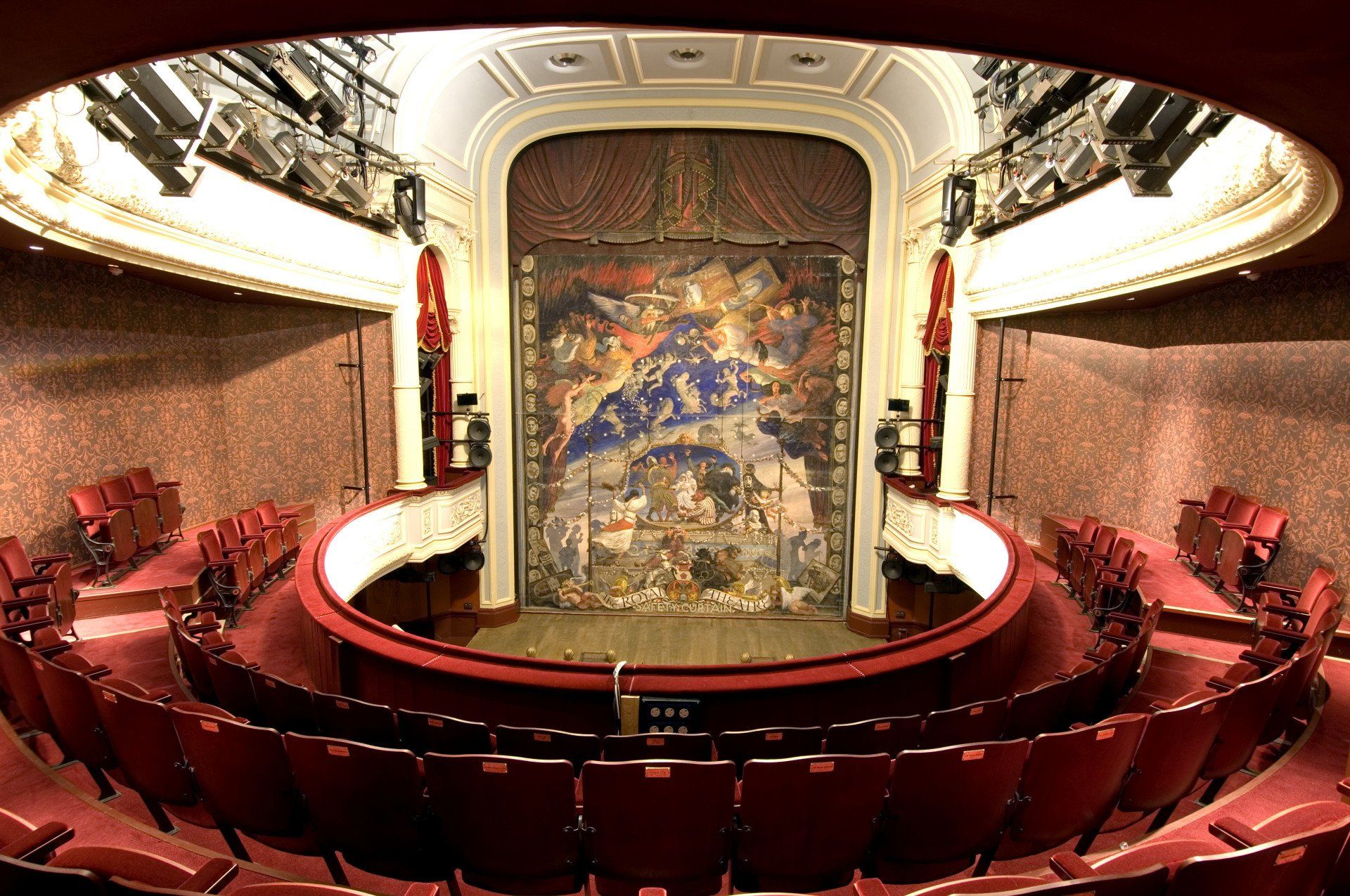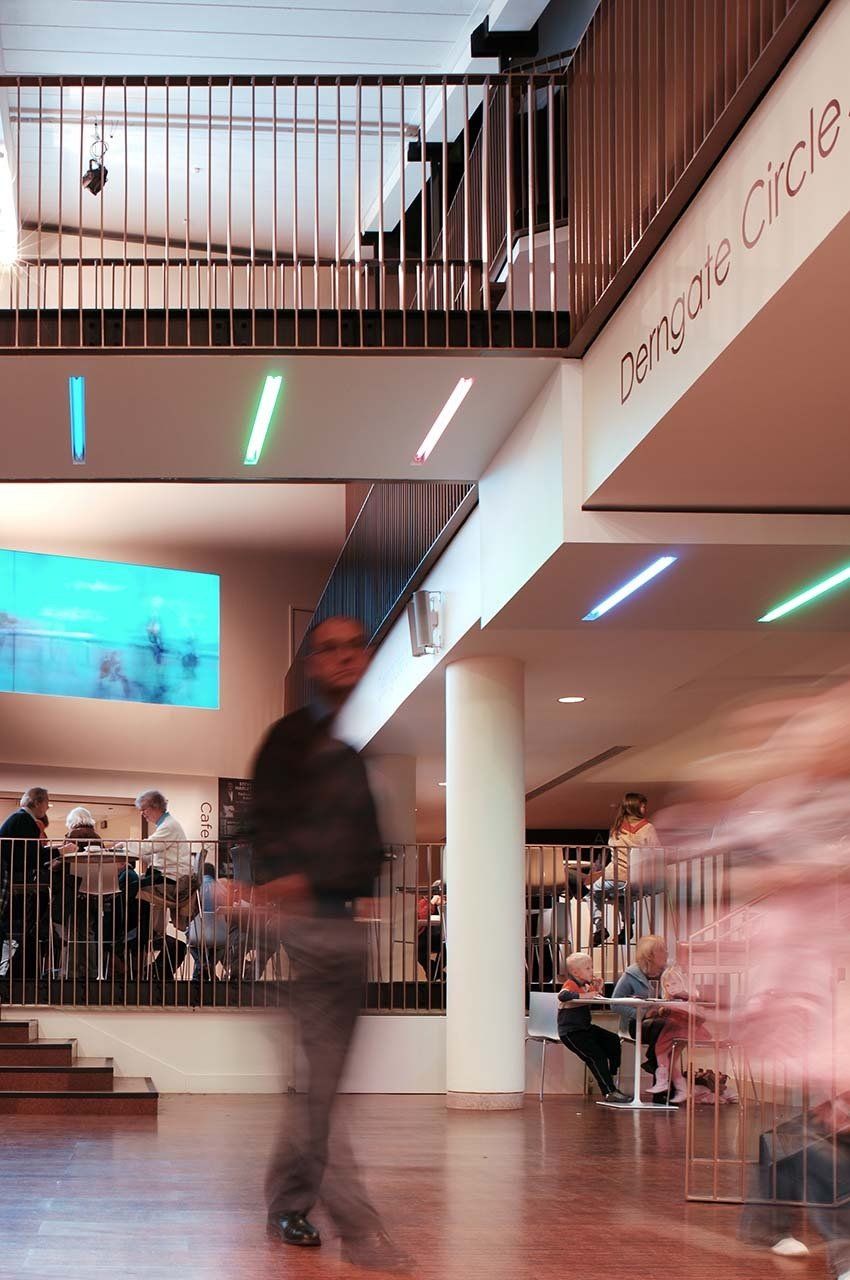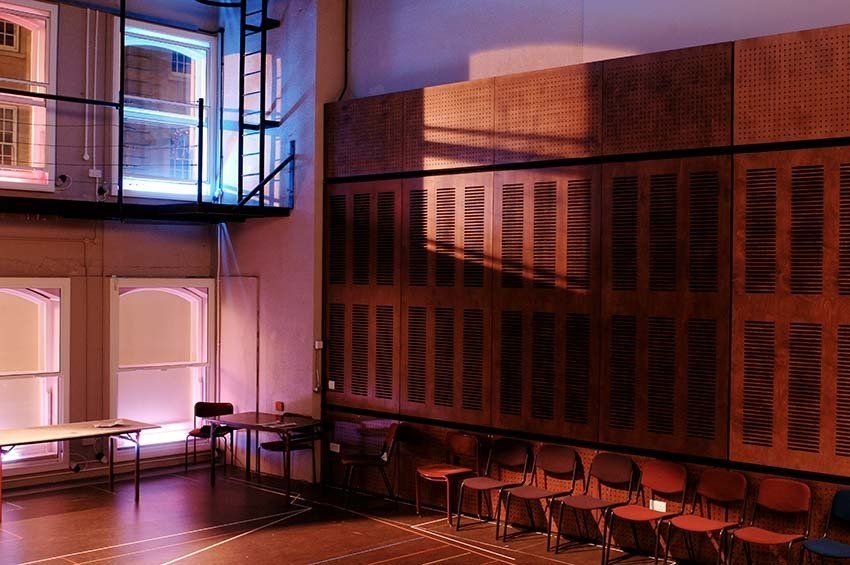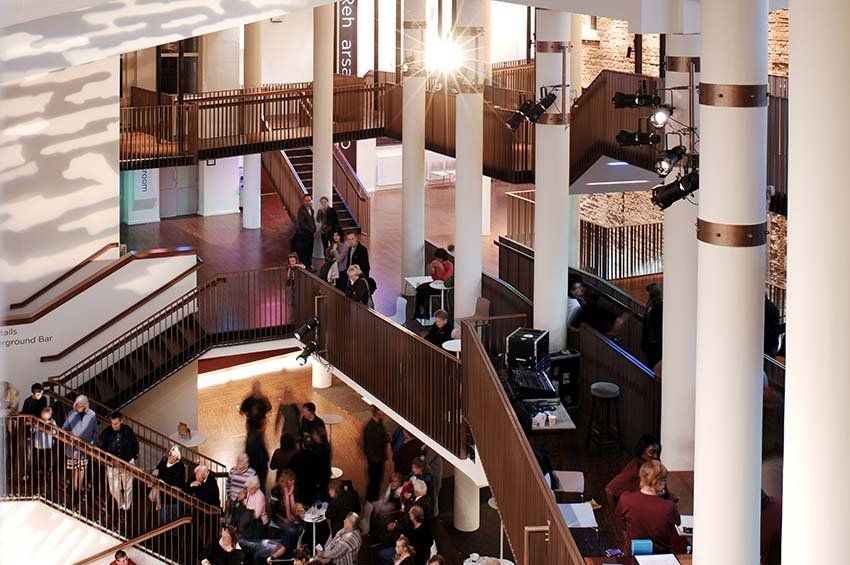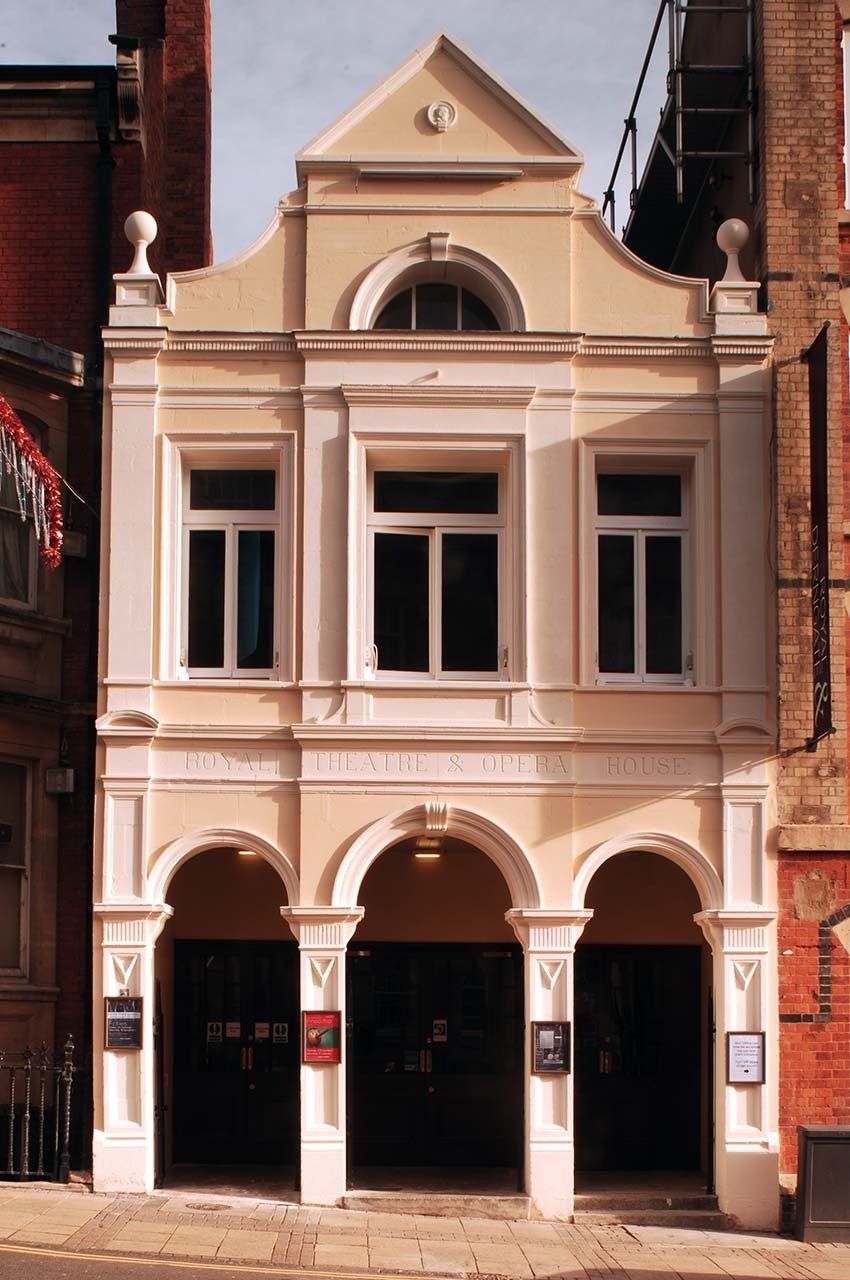royal & derngate theatres
royal & derngate theatres
Client
Royal & Derngate Theatres Trust
Location
Northampton
Status
Completed 2008
Value
£12m
Category
Performing Arts, Conservation, Interiors, Community
Role
Architect (Suzie Bridges for Arts Team)
project summary
Suzie Bridges led the design team for the refurbishment of the Grade II* listed Victorian Royal Theatre plus radical extension and reworking of the 1980s public spaces and Derngate auditorium.
Additional works included a new cutting‐edge rehearsal space, flexible studios for education and functions, retail areas and upgraded administration and back stage areas. The project was completed on time and on budget.
project team
Architect:
Suzie Bridges for Arts Team
Structural Engineer:
AKT
Services Engineer: Furness Green
Acoustics: Arup
Theatre Consultant: Theatreplan
Project Manager: Form4
Cost Consultant: Gardiner Theobald
Lighting: Spiers and Major
Contractor: Kier
Artistic Collaboration: Sigune Hamann, John Frankland, Claire Barclay
Photography: Phillip Vile, Mike O’Dwyer
project description
“Suzie genuinely understood the mission of our company... Her design for us responded to the unique nature of our company and also the unusual combination of buildings that we were developing... Her approach is collaborative and imaginative.”
Donna Munday - Chief Executive of Royal and Derngate Theatres
Suzie Bridges was selected by the Royal & Derngate Theatres Trust to transform their theatres by defining an affordable project from an ambitious wish list. The Trust’s vision was to unify two adjoining venues ‐ the Grade II* listed Royal Theatre and warehouse with the innovative Derngate Concert Hall. The Trust wanted community‐focussed arts facilities alongside retail and revenue generating potential, to support their need for financial resilience.
The project delivered a beautifully and coherently restored 1884 Grade II* listed theatre; a refurbished iconic 1983 auditorium; reinvented foyers; a new cutting‐edge rehearsal studio; a suite of smaller flexible studios for education and functions; and upgraded administration and back stage areas. Local artists contributed throughout the design process conceiving of a number of ideas which were integrated into the project.
Royal & Derngate now boasts an exceptional rehearsal studio which supports the development of innovative programmes of work by their production company, led by a series of the best up and coming artistic directors including Rupert Goold, Laurie Sansom and James Dacre.
A new copper entrance faces towards the main routes from the town’s car parks, drawing people in. It encourages increased footfall through the venue. The new cafe and box office allow visitors to pause a moment and enjoy the space. On their way through the foyer they can discover the performance spaces and events within an informal and welcoming environment.
To restore C J Phipps’ Royal Theatre, more than 11 layers of decoration were stripped back until forensic analysis identified his original colour scheme and uncovered some original fragments of fabric. These formed the basis of the finishes now seen throughout the theatre. Inside the new multileveled foyer, the palette of materials and colours create a warm and vibrant foyer, the bespoke floor finish flowing like a river between spaces.
The response to the building was overwhelming with audiences taking ownership of it immediately. Visitor numbers now far exceed the target 300,000 per year, and Northampton continues to lead the way in ground‐breaking regional theatre.
“….sensationally refashioned into one harmonious, multifaceted entity…every minute, every penny appears to have been put to good use. I can think of few arts complexes that induce such a rush of excitement on arrival.”
The Daily Telegraph
Awards and Publications:
Stage, Jan 2011
Judged Regional Theatre of the Year by ‘The Stage’ 2010
RICS Regional Building Conservation Commendation, 2008
Selected as one of the 50 buildings for the RIBA ‘Fifty buildings, 50 years’ Timber Building Vol 2, 2005
Stage, Jan 2011
Judged Regional Theatre of the Year by ‘The Stage’ 2010
RICS Regional Building Conservation Commendation, 2008
Selected as one of the 50 buildings for the RIBA ‘Fifty buildings, 50 years’ Timber Building Vol 2, 2005
Suzie Bridges Architects Limited
Registered Company Address: Foxhollow Glen Road, Grayshott, Hindhead, England, GU26 6NB
Registered in England and Wales Number 08113056
